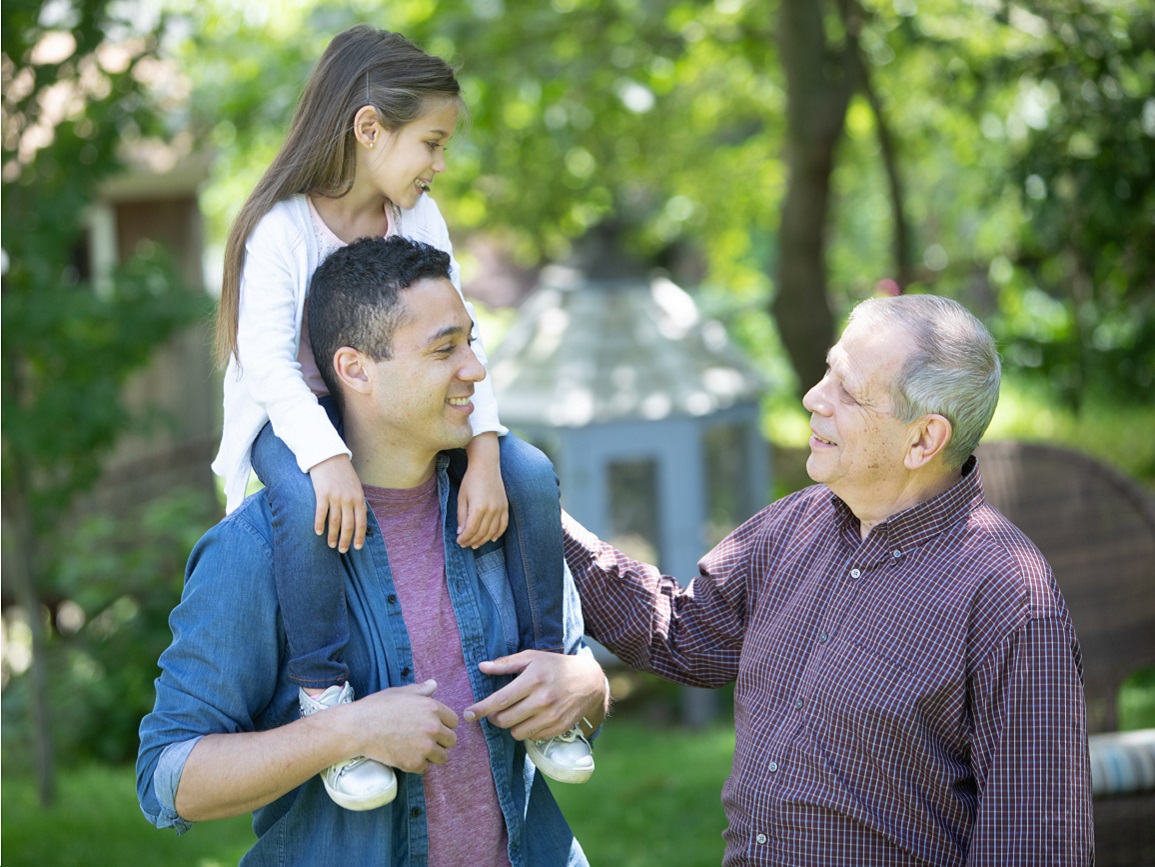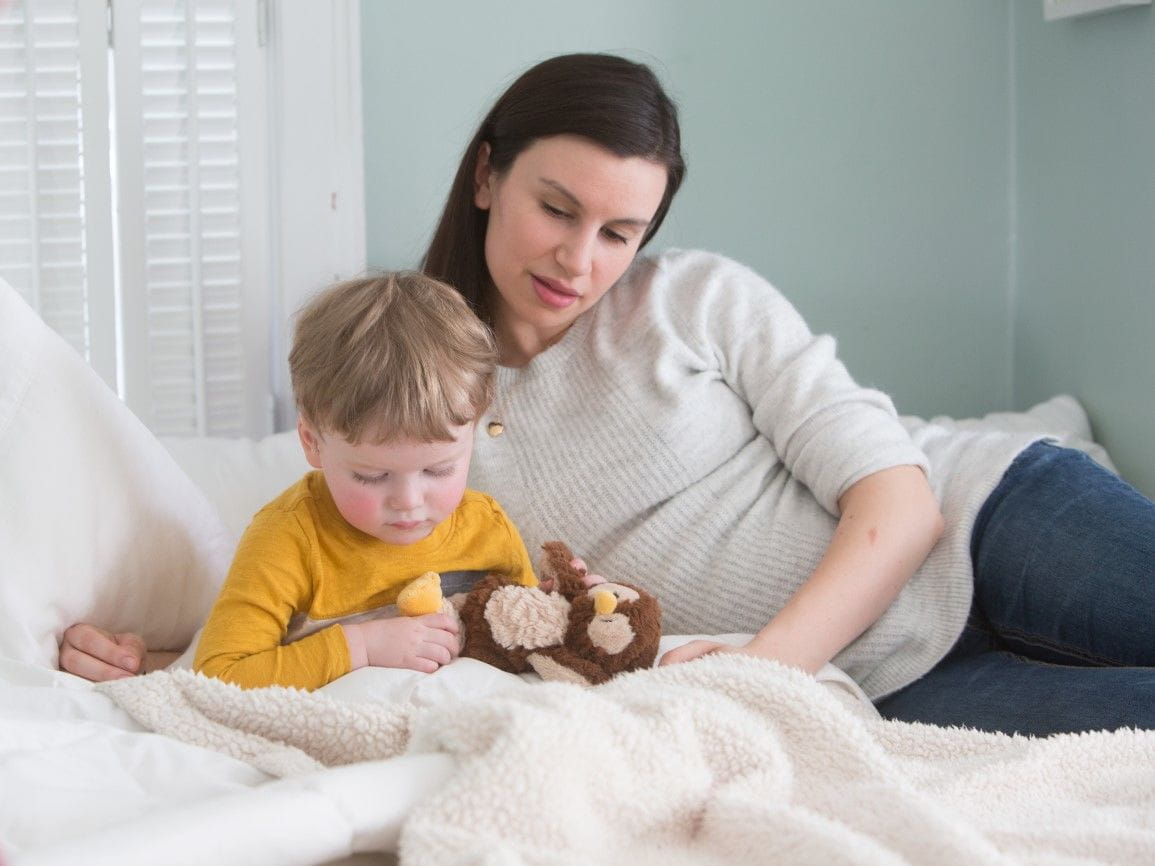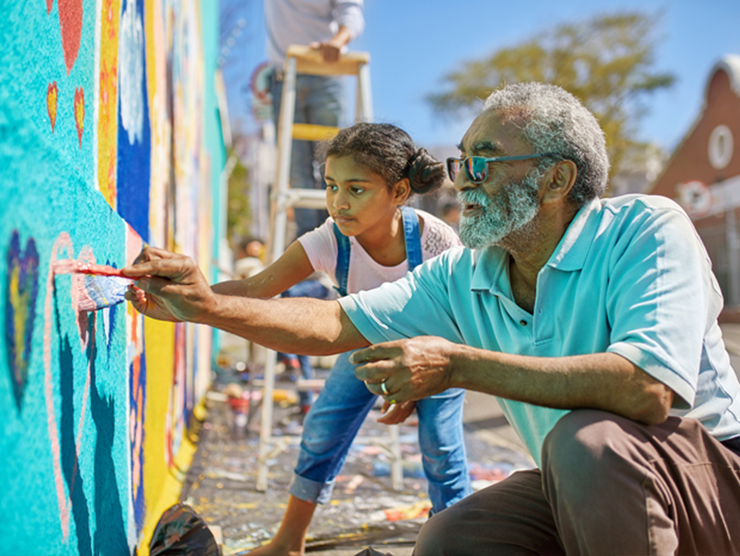Gratitude, the mindset of acknowledging the goodness in our lives, can be a powerful antidote to daily stress, according to Harvard University. Researchers have found that study participants who actively expressed gratitude experienced more positive emotional and physical well-being than other study participants. Even young children are capable of graciously giving and receiving, and learn through direct experiences, conversations, and modeling from adults. Chances are, you’re probably already teaching your child this skill and don’t even realize it.
8 Ways to Teach Kids Gratitude
Express gratitude. Children are very sensitive to our reactions. When you receive a gift from your child, whether it is a piece of a cookie or an awkward looking napkin holder with pieces falling off, thank your child profusely. How you react to your child’s acts of kindness impacts development around gratitude. And, let your child see you thanking others, too, such as the clerk at the grocery store or the person who cuts your grass.
Talk about what you liked best about your day. At dinner, each family member shares something good about their day. This practice helps focus attention on the wonderful lives we get to lead and helps encourage gratefulness.
Be generous with your time. The biggest gift you can give your child is quality time together. A child who gets to spend time with a parent will feel special and cared for. This typically leads towards gracious attitudes with others.
Engage in family projects that help others. Have your child help others by delivering food to a sick or grieving neighbor. Or make a card for a friend in the hospital. When children’s actions are received with gratitude, they often want to do more.
Don’t force it. When a child is disappointed with a gift, and if the gift giver is present at the time, it creates an awkward moment for parents. Ease the awkwardness with a comment like, “Darryl is learning how to show thanks, but we aren’t all the way there yet. We certainly appreciate your graciousness.” Talk to Darryl later about how important it is to say thank you.
Consider writing or drawing thank you notes. Expressing sincere thanks feels good to both parties. Help your child write a thank you note, draw a picture, or bake a “thank you” treat after receiving something special. Remember, the point of this practice — sincere thanks — is lost if the project becomes forced. Keep it simple and fun, and focus on how good the person receiving the token will feel.
Think about the impact of materialism. Limit how much your child watches TV and online videos where there is constant exposure to new products to buy. Sometimes give gifts of time together, like a museum trip or zoo membership, instead of the latest toy or gadget.
Adopt an attitude of gratitude. Everyone appreciates a grateful attitude. Look for ways to encourage gratefulness and thankfulness that fit with your family’s style and values.
More on Gratitude
- Teaching children gratitude can be a challenge in today’s world. Read how one mom instills an attitude of gratitude in simple, everyday ways.
- With the holiday season right around the corner, we share our favorite ways to teach our children about kindness and generosity.
- How can we avoid over spoiling our kids during the holidays? Here are some tips on how we can teach our children to moderate their wants, be thankful for what they have, and give to others.





